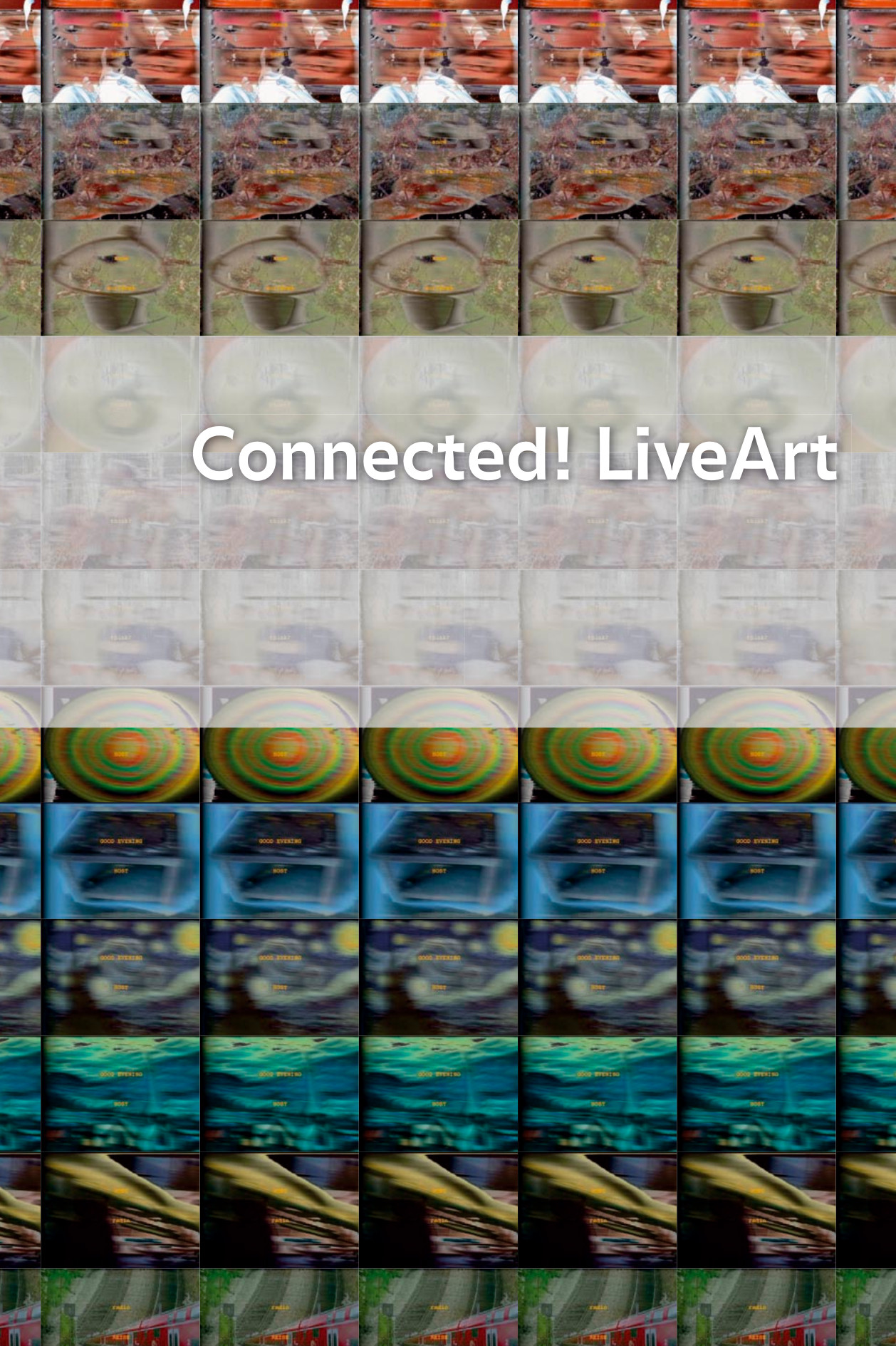Julie H. Reiss: From Margin to Center: The Spaces of Installation Art (2000)
Filed under book | Tags: · art, art history, installation art

Unlike traditional art works, installation art has no autonomous existence. It is usually created at the exhibition site, and its essence is spectator participation. Installation art originated as a radical art form presented only at alternative art spaces; its assimilation into mainstream museums and galleries is a relatively recent phenomenon. The move of installation art from the margin to the center of the art world has had far-reaching effects on the works created and on museum practice.
This is the first book-length study of installation art. Julie Reiss concentrates on some of the central figures in its emergence, including artists, critics, and curators. Her primary focus is installations created in New York City—which has a particularly rich history of installation art—beginning in the late 1950s. She takes us from Allan Kaprow’s 1950s’ environments to examples from minimalism, performance art, and process art to establish installation art¹s autonomy as well as its relationship to other movements.
Recent years have seen a surge of interest in the effects of exhibition space, curatorial practice, and institutional context on the spectator. The history of installation art—of all art forms, one of the most defiant of formalist tenets—sheds considerable light on the issues raised by this shift of critical focus from isolated art works to art experienced in a particular context.
Publisher MIT Press, 2000
ISBN 0262181967, 9780262181969
205 pages
via Jo Morfin
Claire Bishop: Installation Art (2005)
Filed under book | Tags: · art, art criticism, art history, art theory, contemporary art, installation art

What has been loosely termed Installation Art, dominates the exhibition programmes of galleries worldwide. However, while it is much discussed it has rarely been clearly defined. Installation Art provides, for the first time, a clear account of the rise of this now prevalent strand of contemporary art. Author Claire Bishop provides both a history and a full critical examination of installation art, in a survey of the form that is both thorough and accessible. While revising and, in some cases, re-assessing many well-known names in post-1960 art, it will also introduce the audience to a wider spectrum of younger artists yet to receive serious critical attention.
Artists featured include Vito Acconci, Michael Asher, Joseph Beuys, Christian Boltanski, Marcel Broodthaers, Judy Chicago, Olafur Eliasson, Felix Gonzales-Torres, Dan Graham, Group Material, Ann Hamilton, Thomas Hirschhorn, Carsten Holler,, Robert Irwin, Isaac Julien, Ilya Kabakov, Yayoi Kusama, Cildo Meireles, Robert Morris, Bruce Nauman, Mike Nelson, Helio Oiticica, Claes Oldenburg, Robert Smithson, Paul Thek, Rirkrit Tiravanija James Turrell, Bill Viola and Richard Wilson.
Publisher Tate Publishing, London, 2005
ISBN 1854375180, 9781854375186
144 pages
PDF (b/w; no OCR; removed on 2012-8-17 upon request of the publisher)
Comment (0)Sher Doruff, Nancy Mauro-Flude (eds.): Connected: LiveArt (2005)
Filed under catalogue | Tags: · art, collaboration, installation art, media art, network art, networks, radio art, sound art, streaming, telepresence

“The Connected! Programme spanned a two year period from January 2003 to January 2005. It officially concluded with a celebratory Birthday party for Art in the Theatrum Anatomicum of Waag Society, the local ‘home’-base of many Connected! projects. Although most of the people present at that event agreed with Federico Bonelli’s assessment “that art could have committed suicide in 1984″ – the research and the show goes on.
The Connected! Programme had four nested components: Projects, Artists-in-Residence, Sentient Creatures Lecture Series and Anatomic. This book documents many of the activities in these domains; the lectures, the events, the workshops, the performances, the installations, the discourse. Yet, it’s interesting to note that pulling together material for this publication was a bit like trying to capture the wind. Much of the work produced in this two-year period emphasized the real-time process of the making. Documentation of that often fragile, unstable and always already ephemeral process is sketchy at best and marginal to the actualization of the event itself. For many of these artists, documentation is a secondary concern, an afterthought. For others, documenting is an integral process indistinguishable from the event itself.
There are myriad photos in this catalogue of artists behind their laptops. Myriad photos that say little about the levels and layers of codified communication emitted from those unseen screens. These casual, unpretentious shots are images of social networks in progress – the translocal – a feedback loop of the local effecting the global affecting the local affecting the global. Not only does the artwork produced, or better transduced, scramble representational meaning but so too does the process of making. Performance practice that addresses the indeterminate dance-on-the-edge-of-chaos in compositional processes is a felt thing, an experience that doesn’t always translate well in laptop snapshots.”
Co-writers: Federico Bonelli, Beth Coleman, Josephine Dorado, Lucas Evers, Wander Eikelboom, Howard Goldkrand, Jan-Kees van Kampen, Arjen Keesmaat, Jeff Mann, Mark Meadows, Hellen Sky, Michelle Teran, Ananya Vajpeyi
Publisher Waag Society, Amsterdam, September 2005
Creative Commons BY-SA 2.0 Netherlands License
160 pages
PDF (updated on 2012-9-3)
Comment (0)
